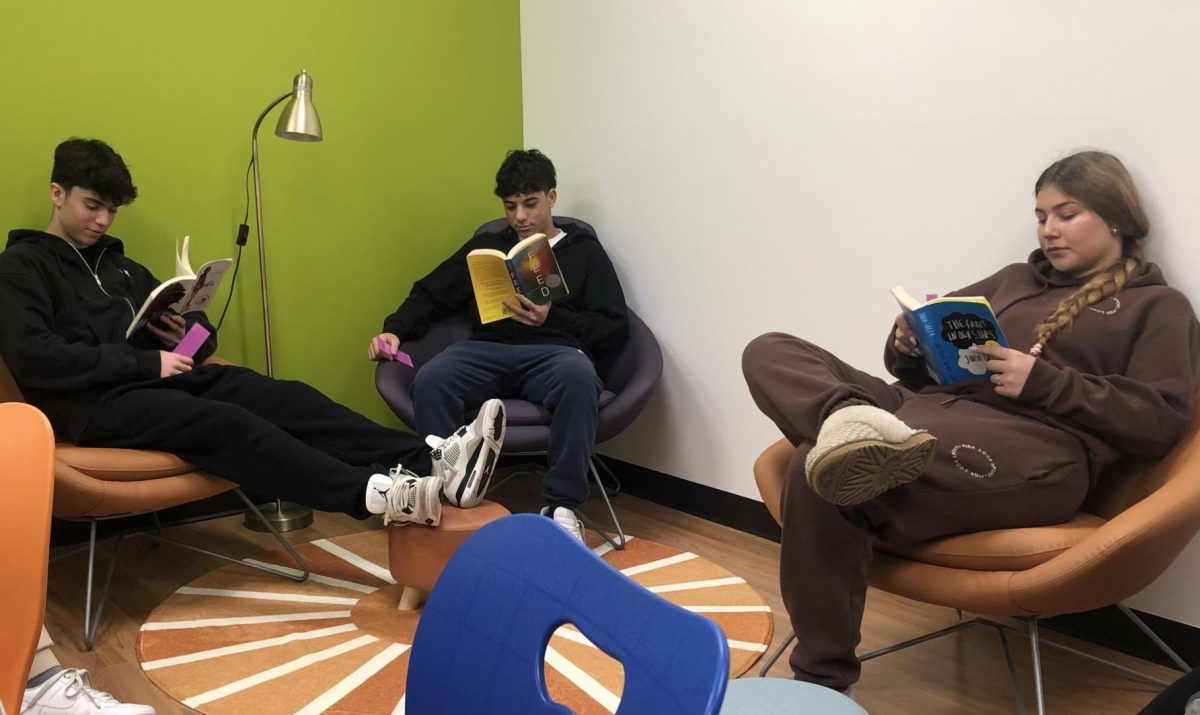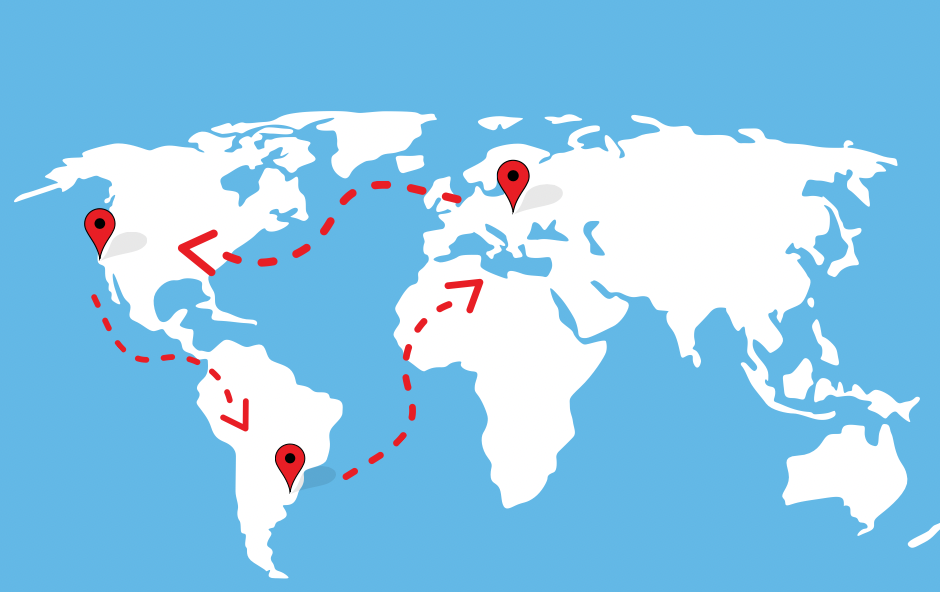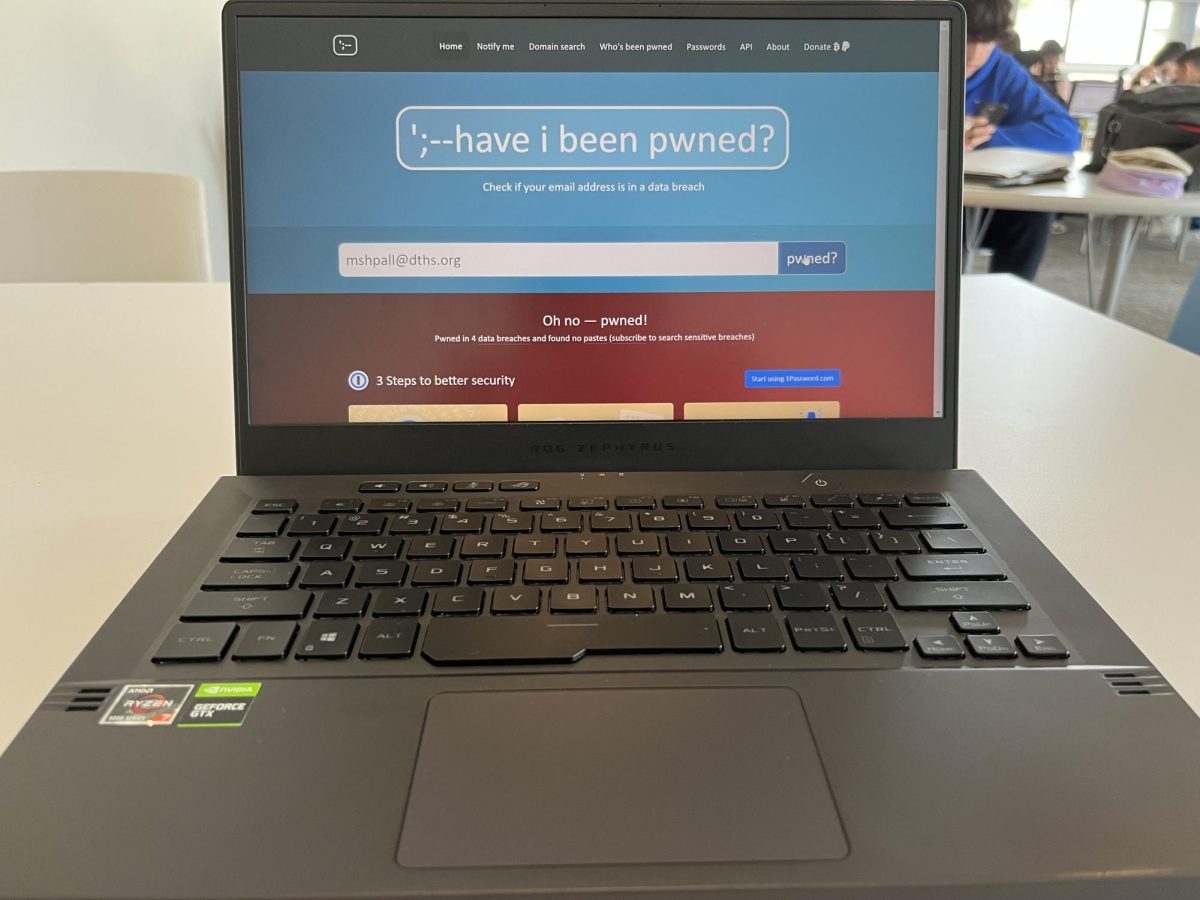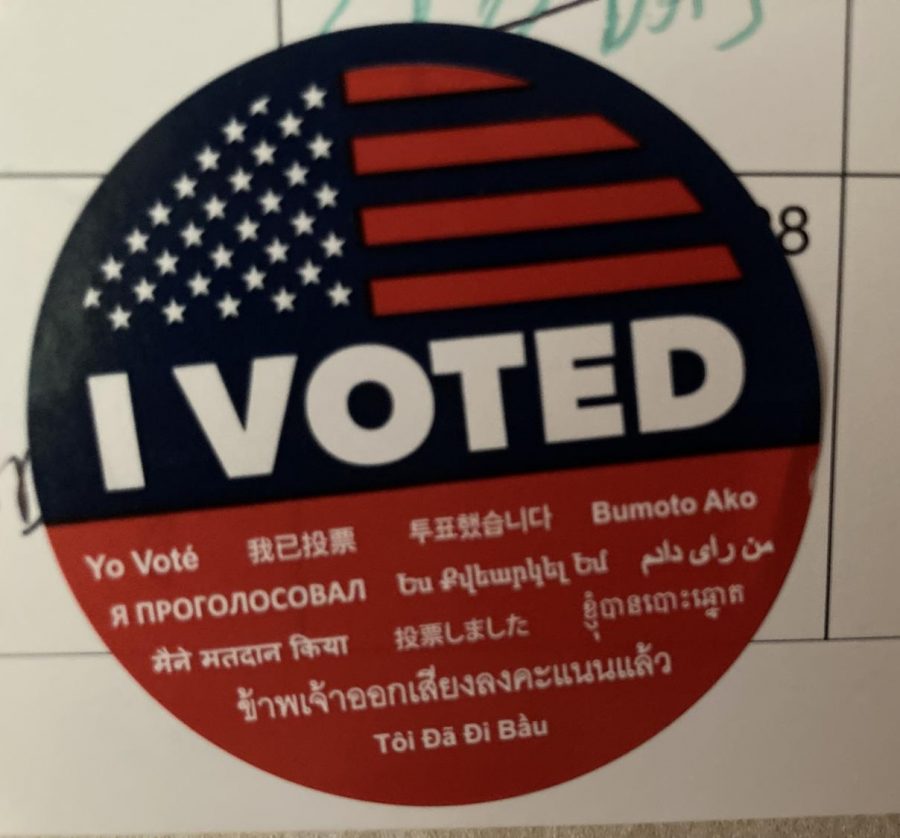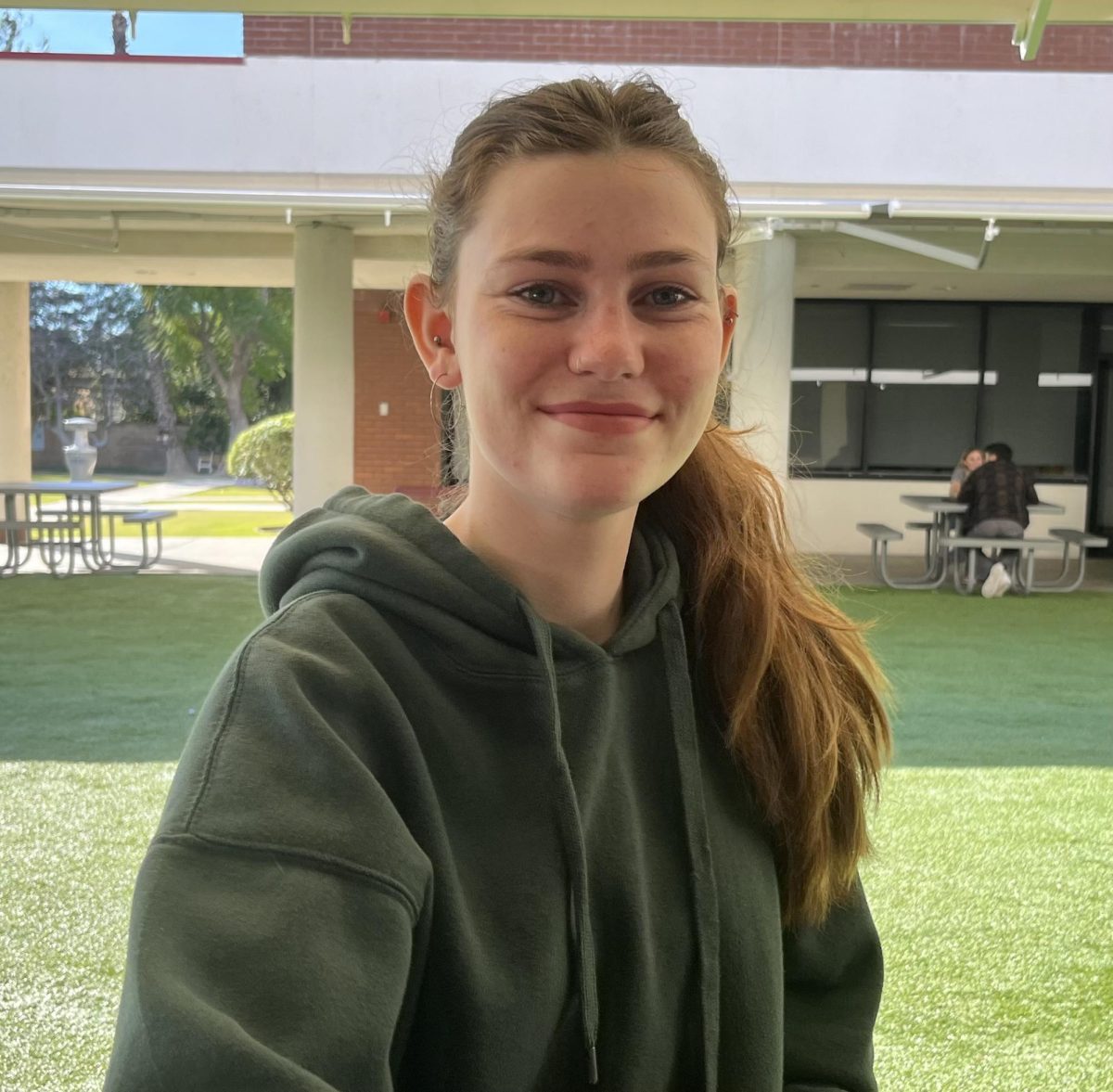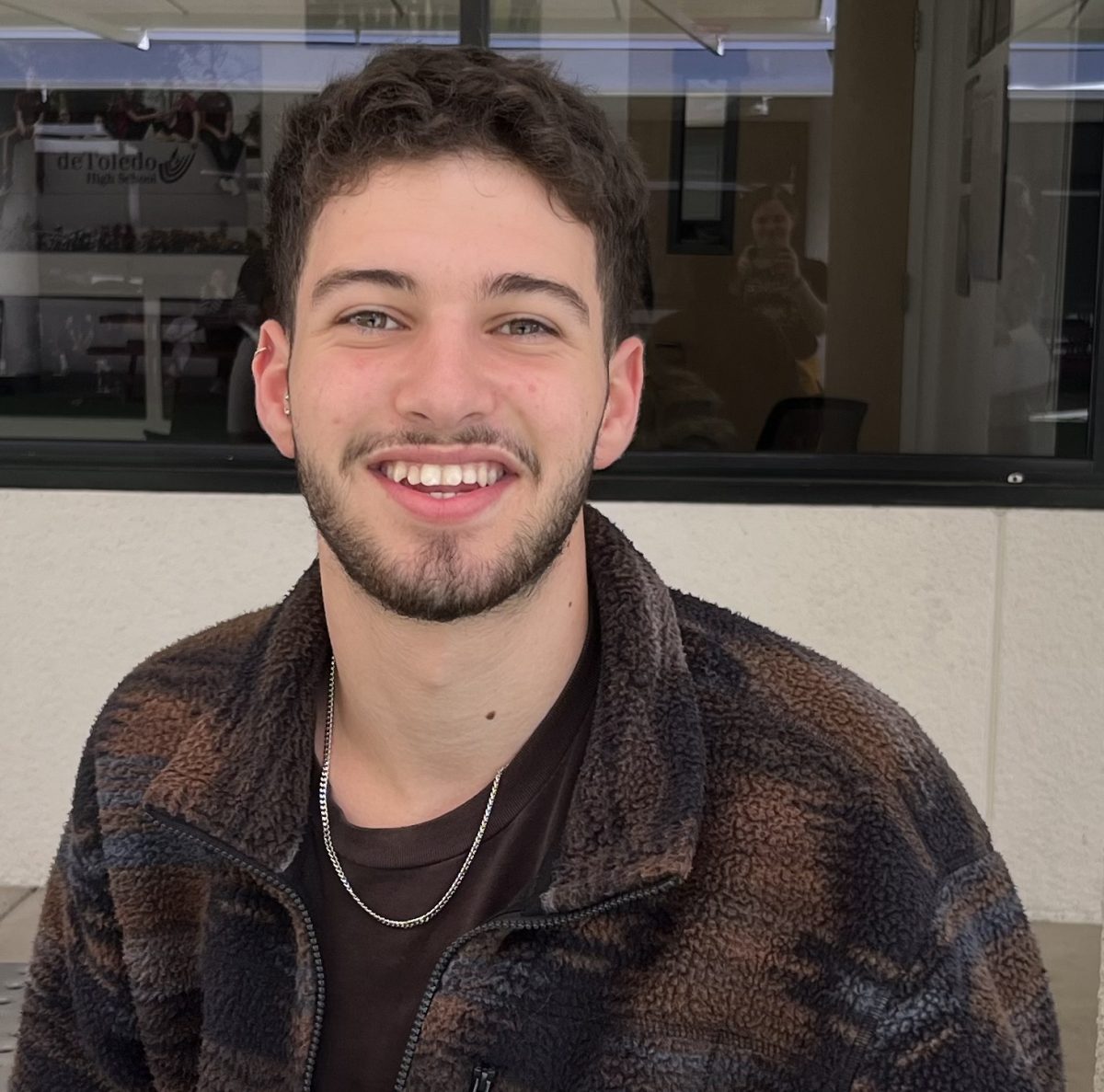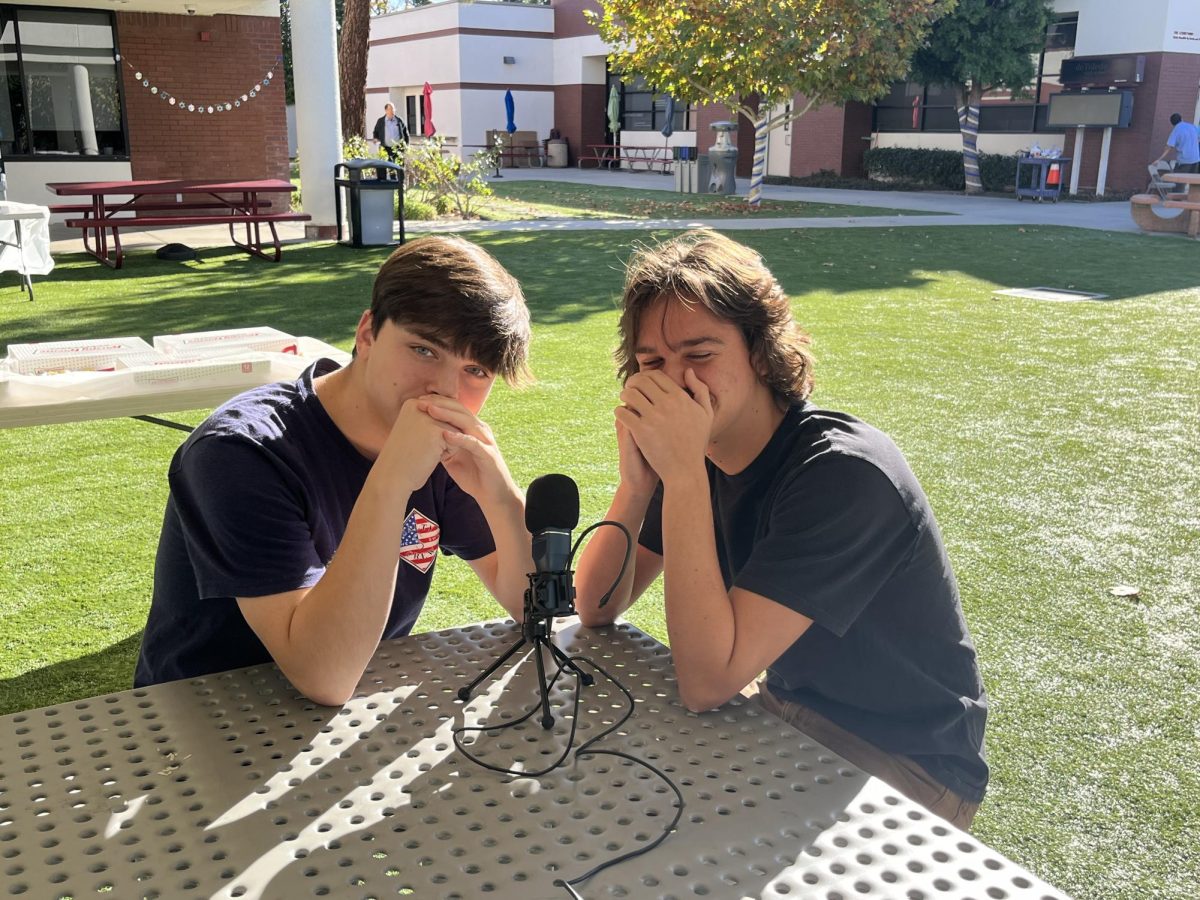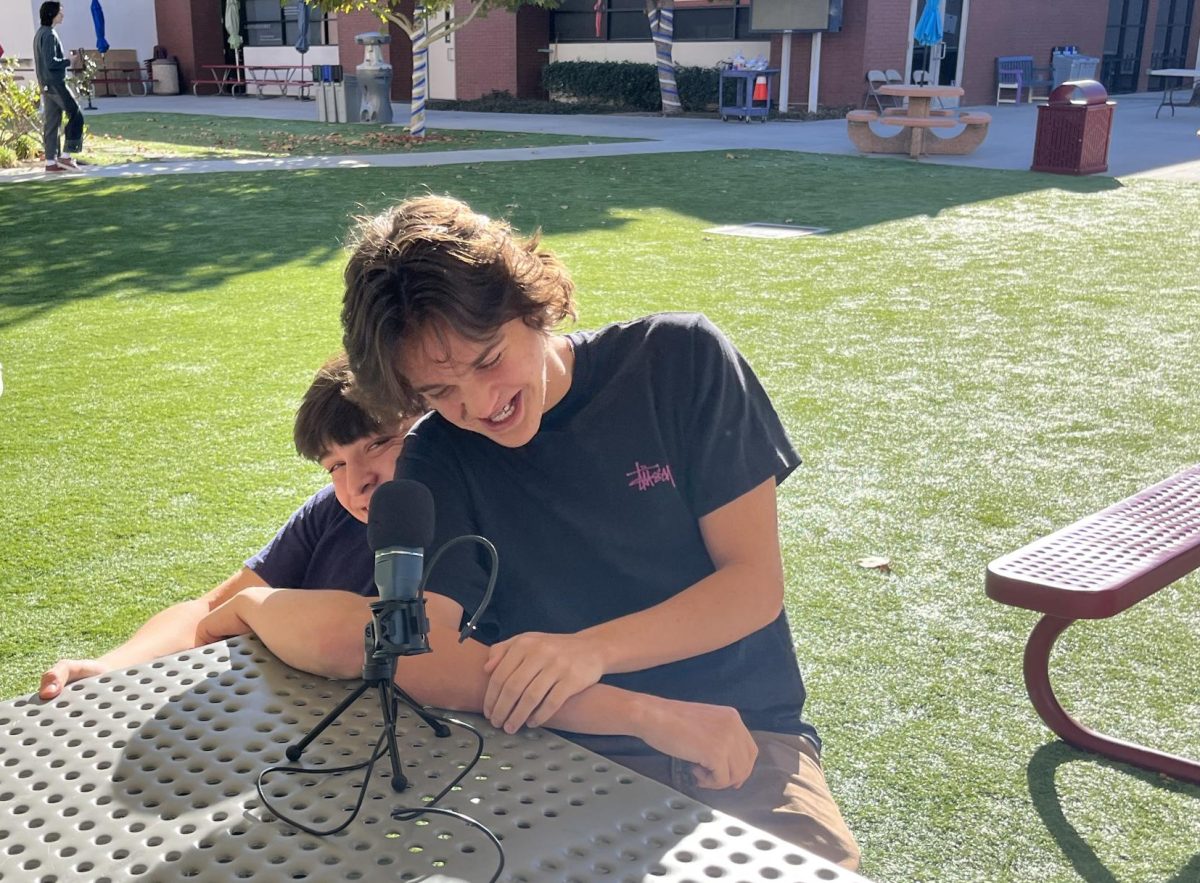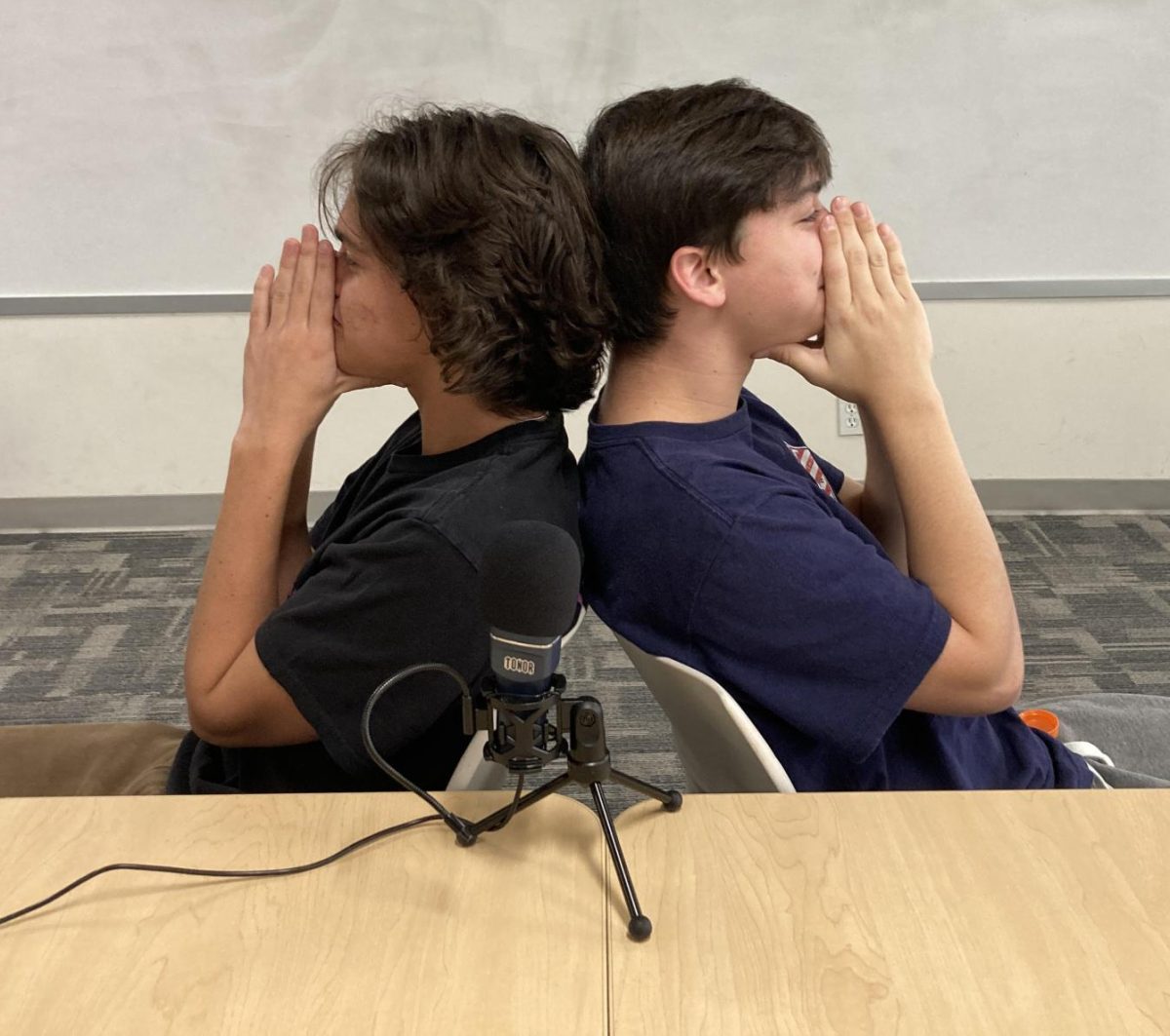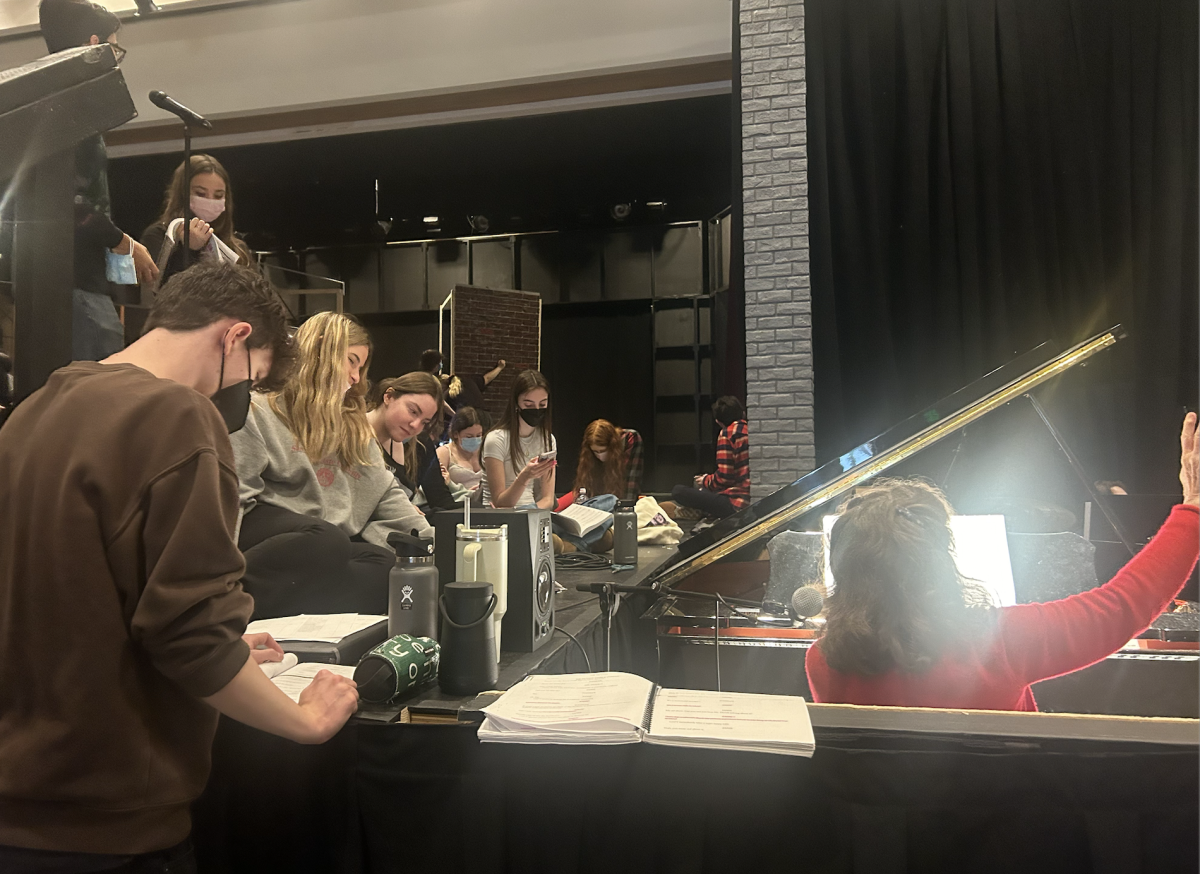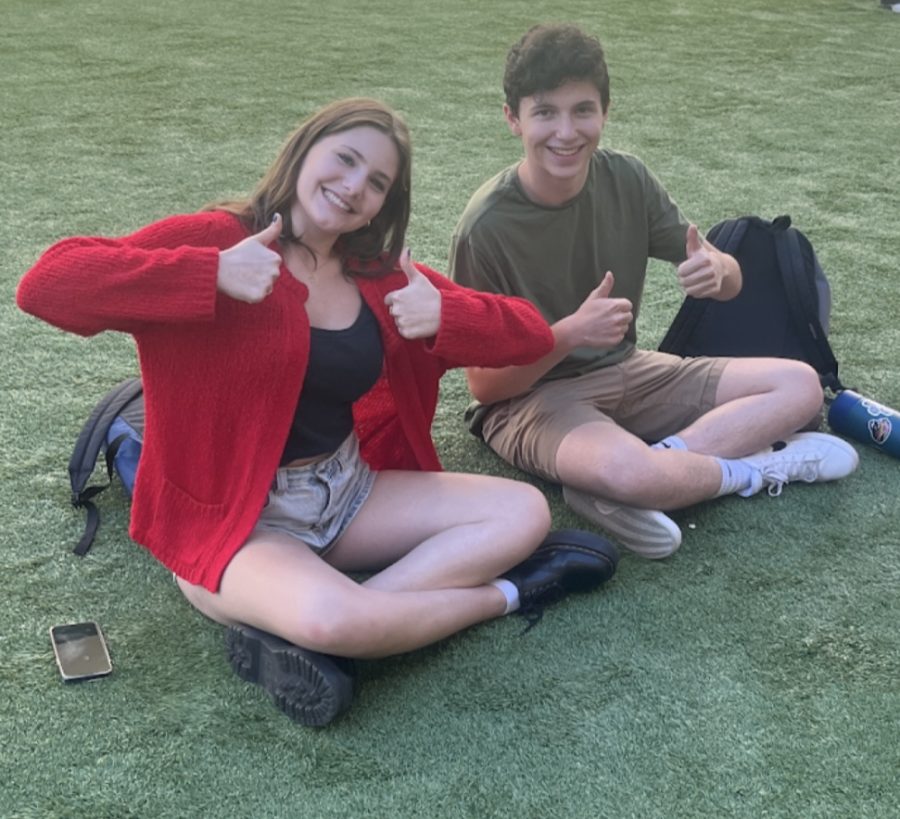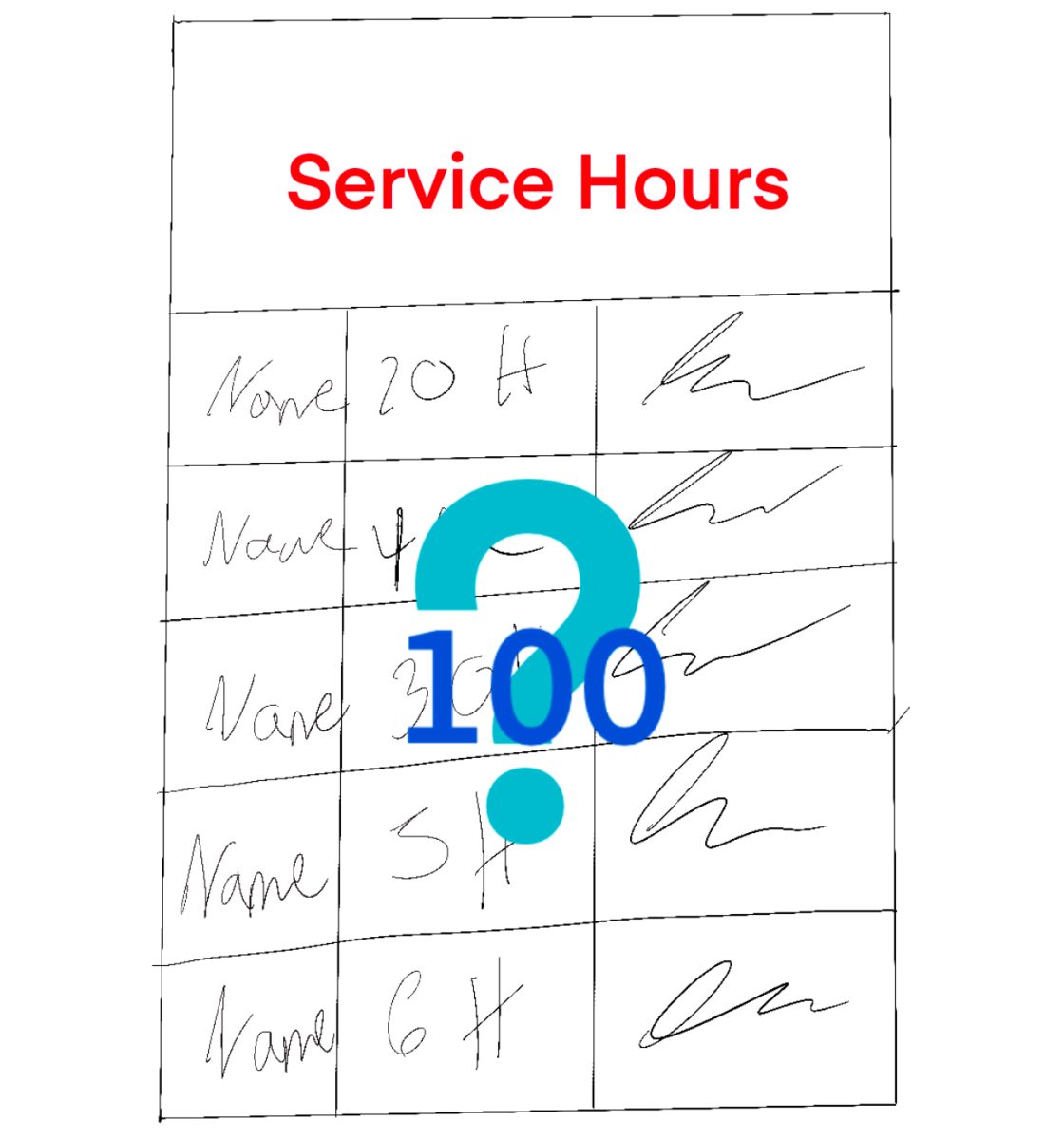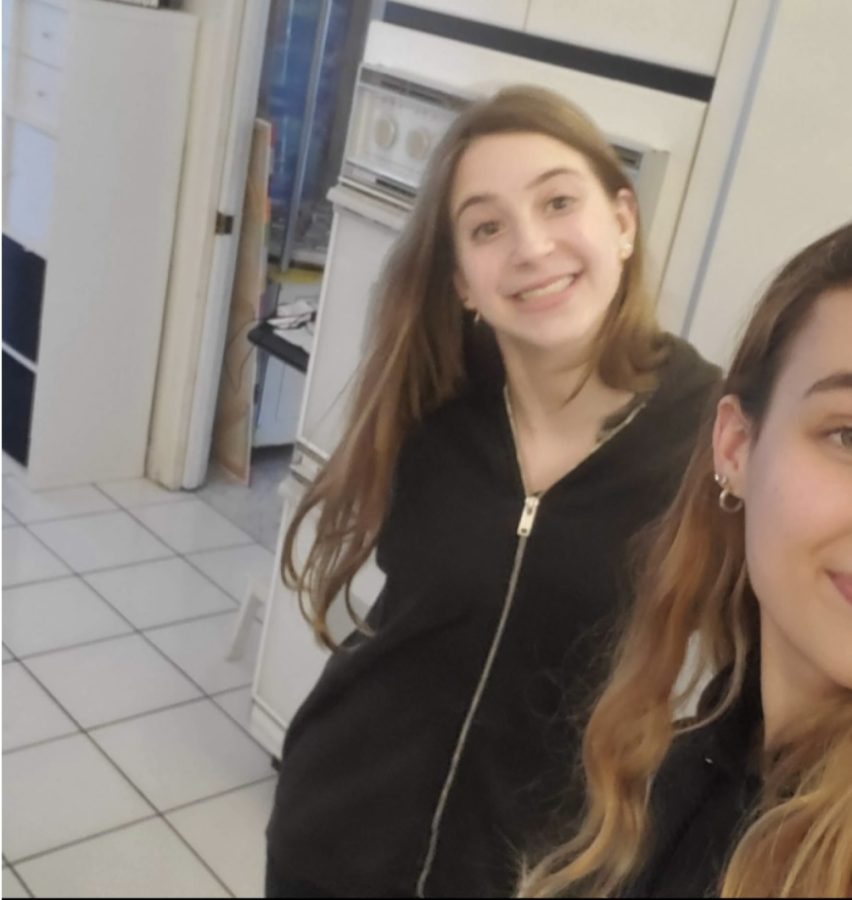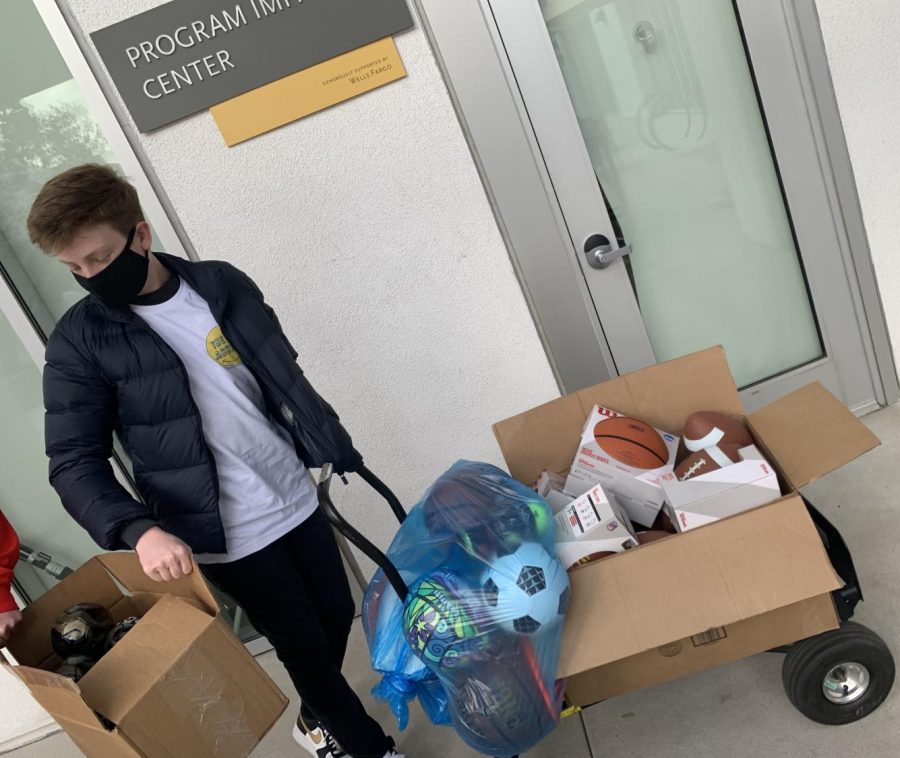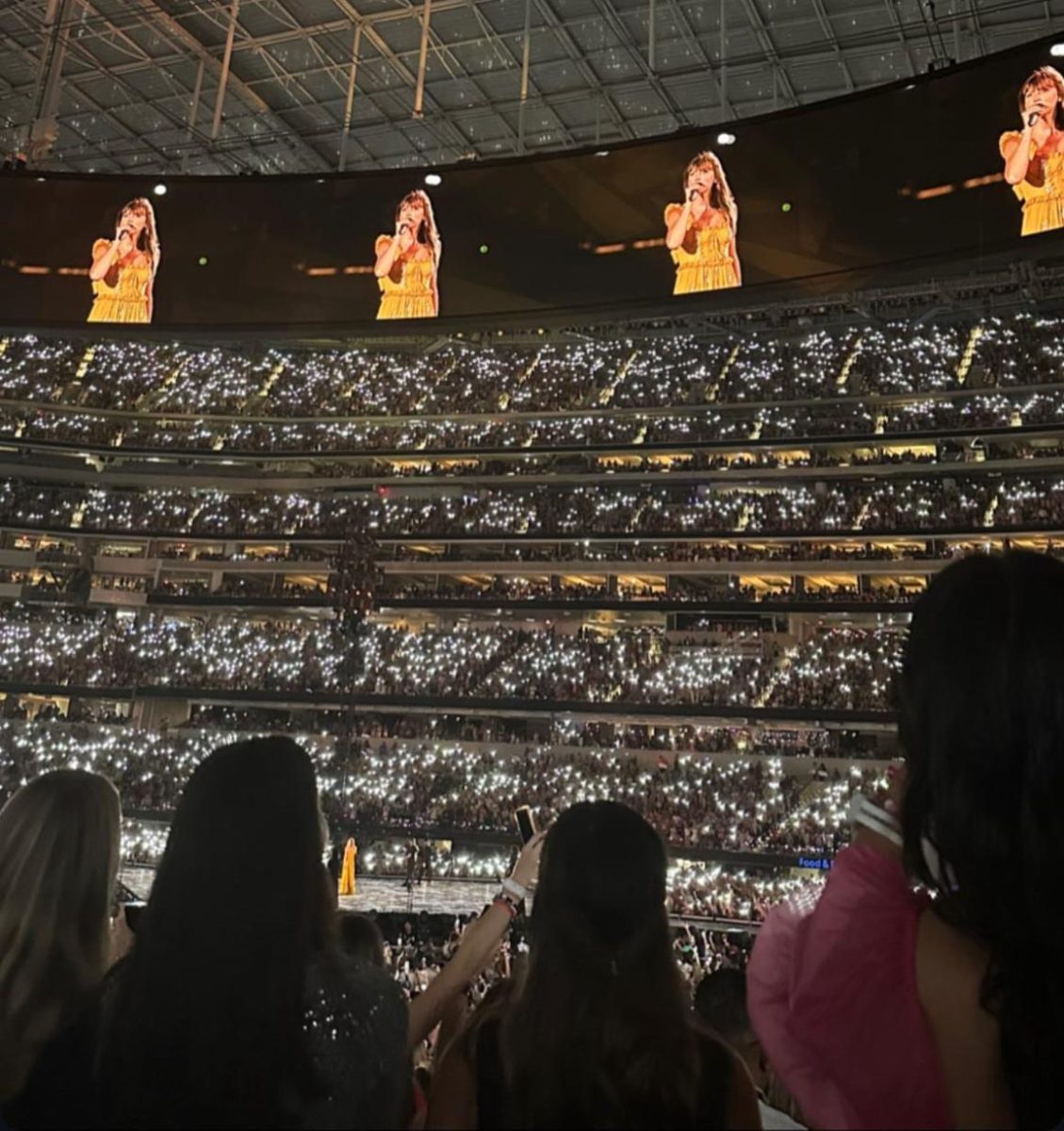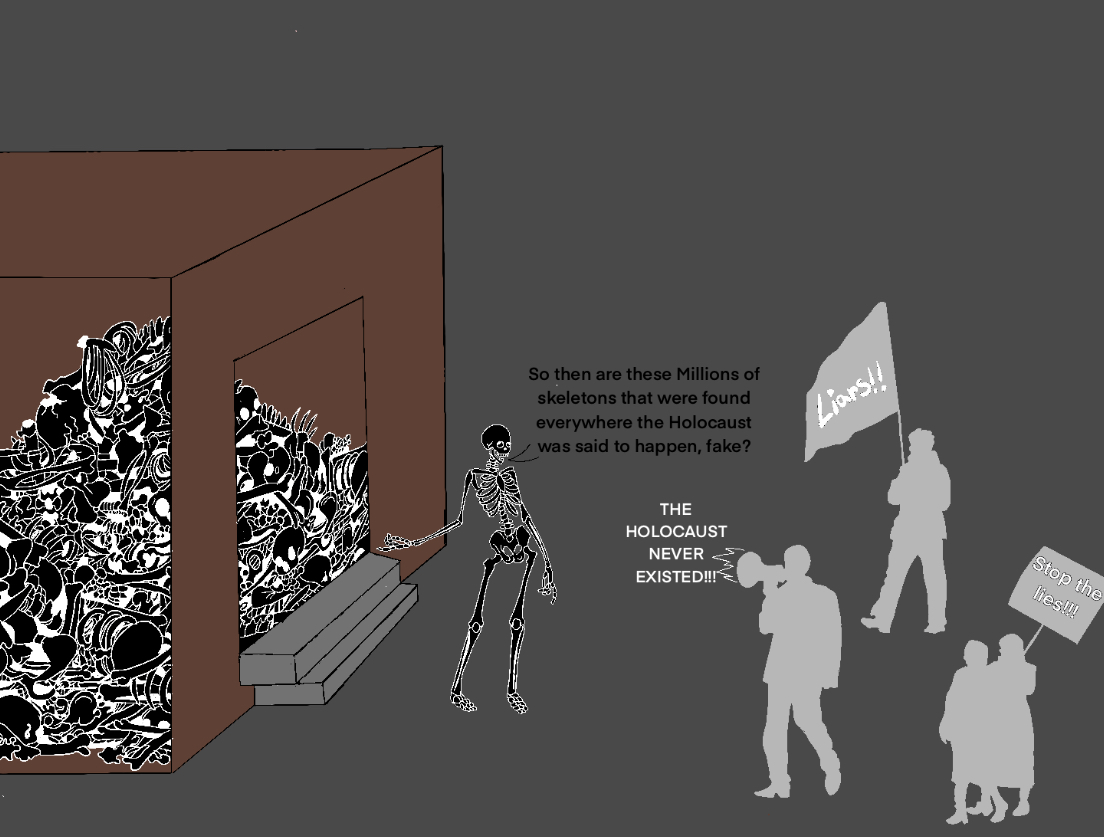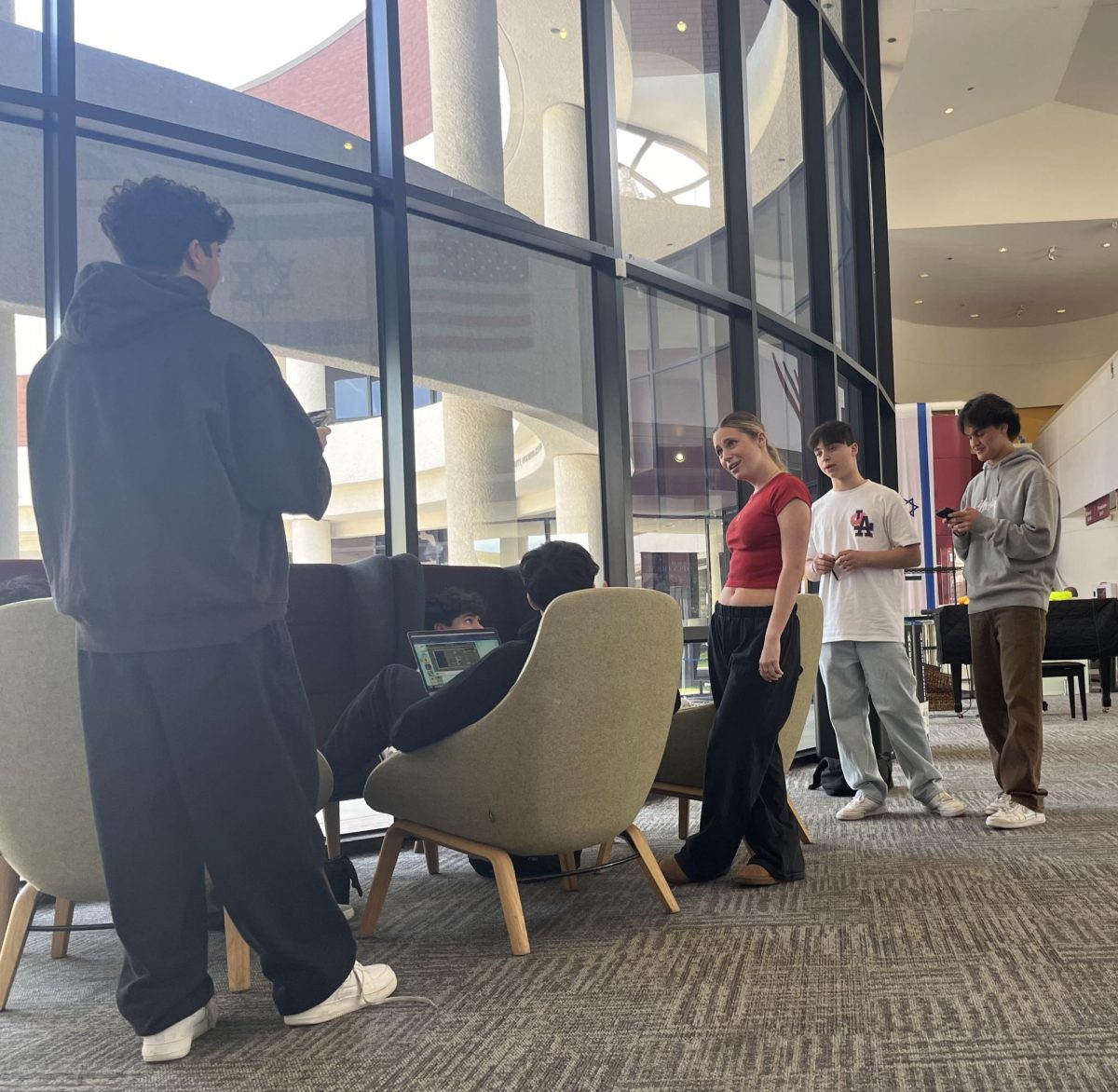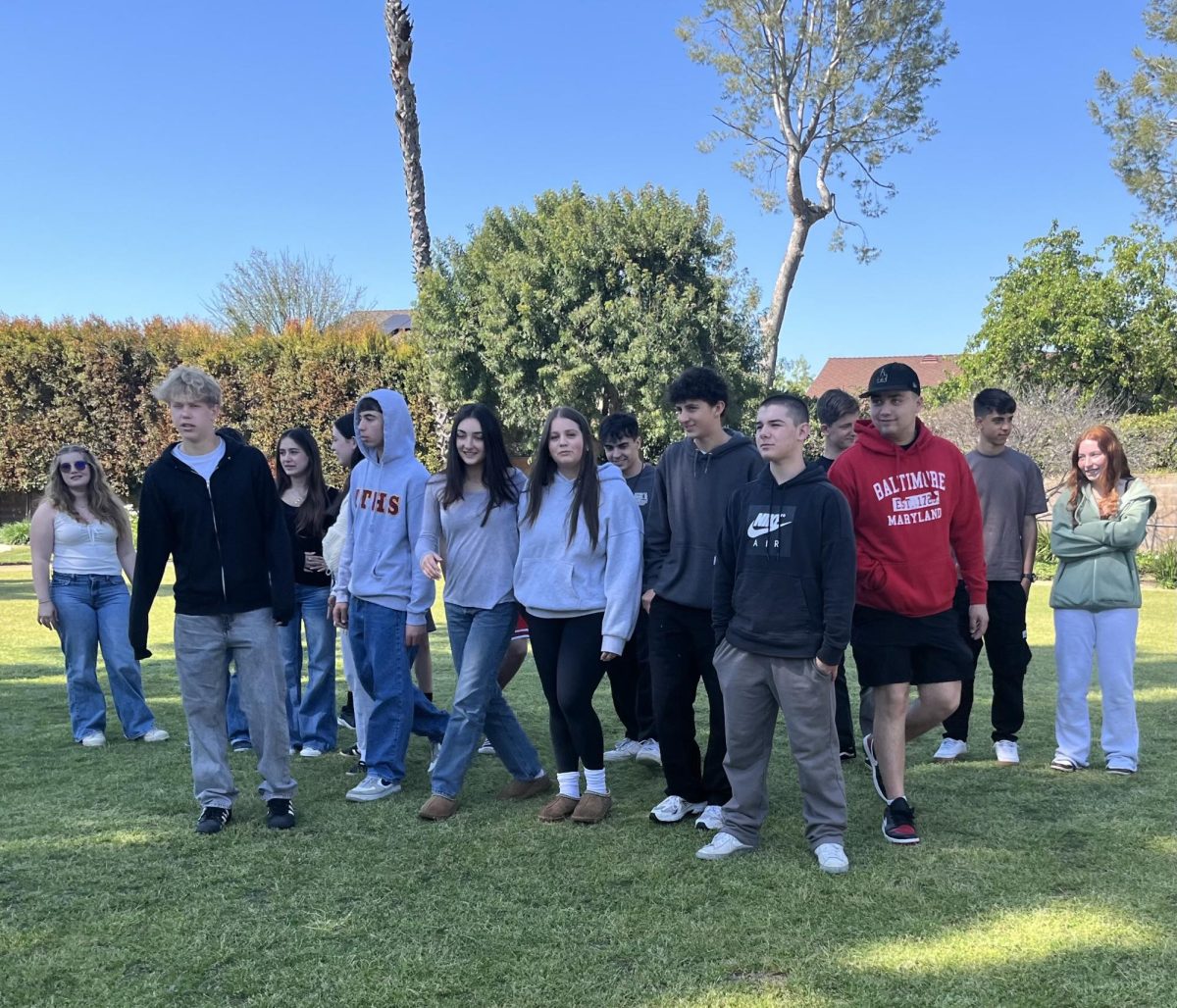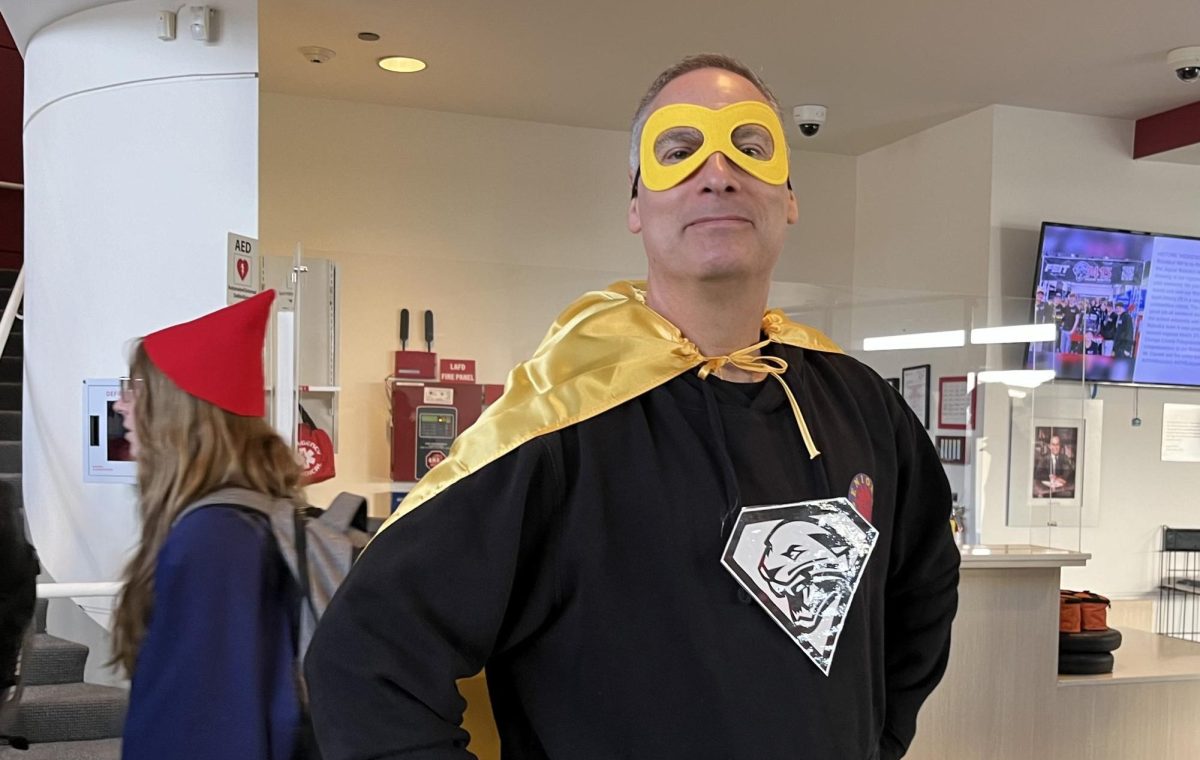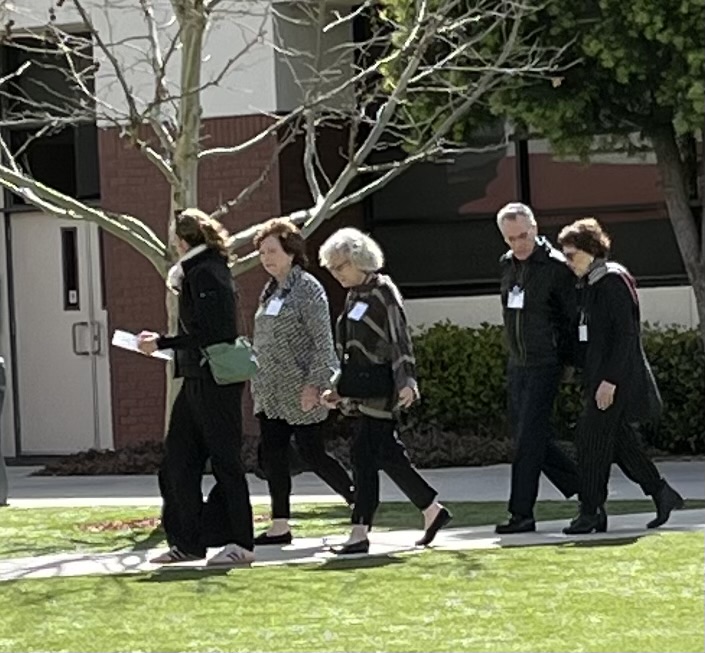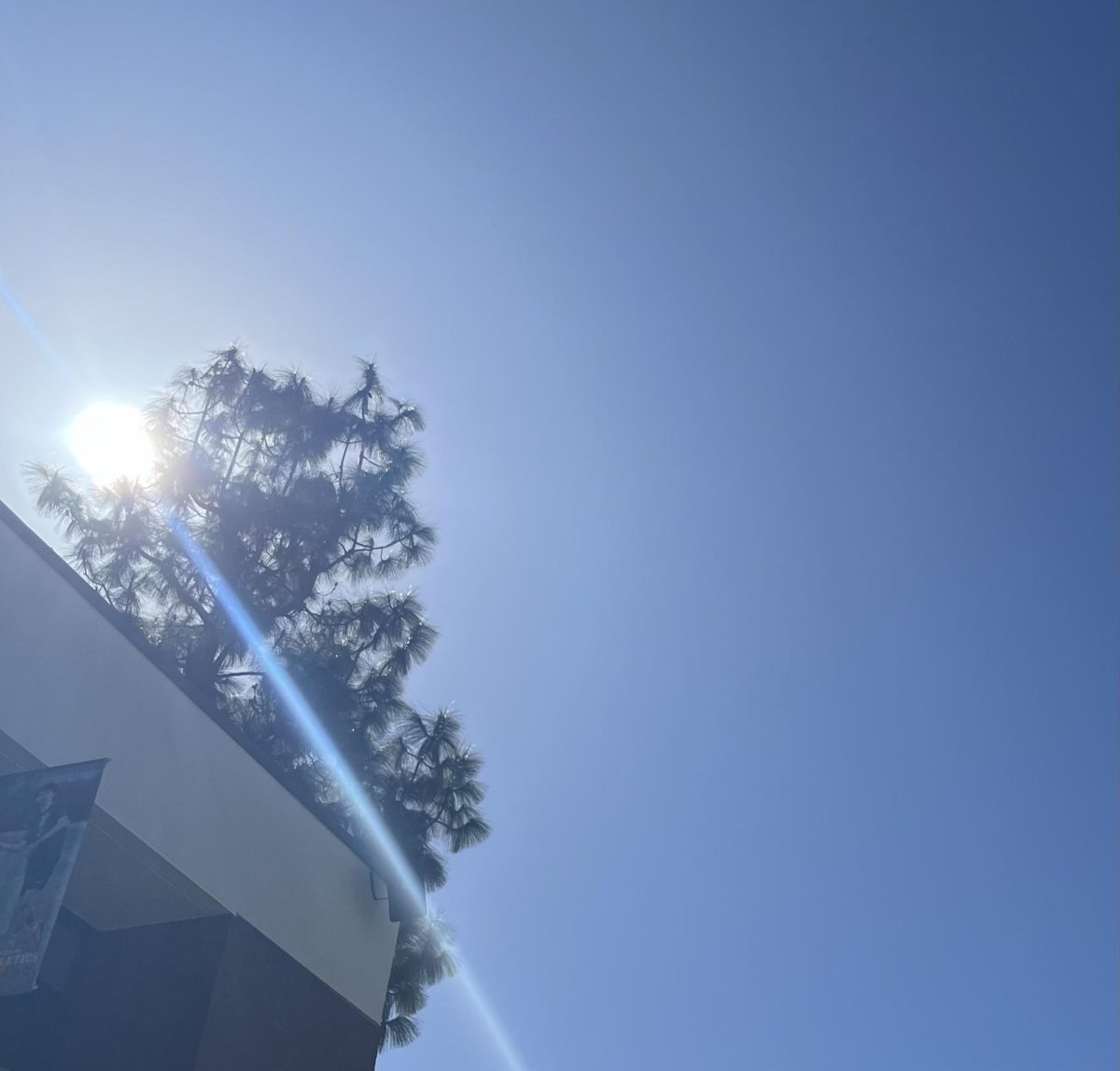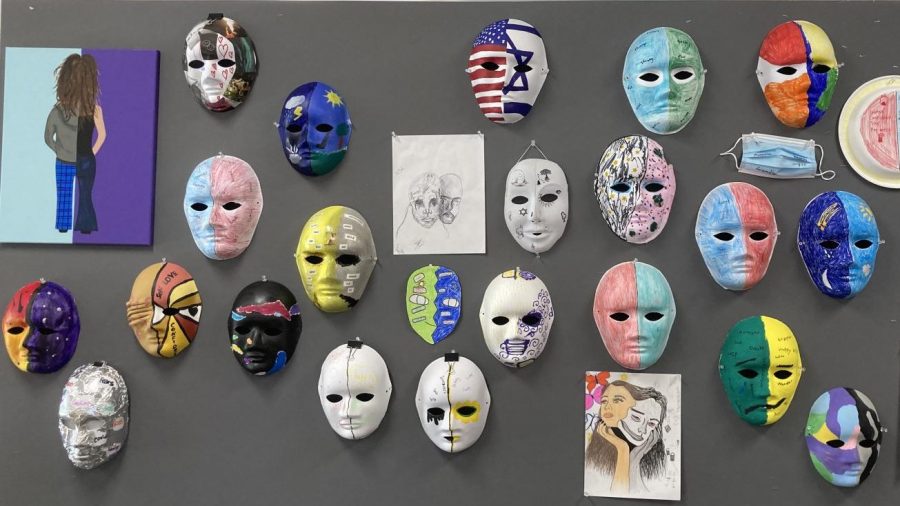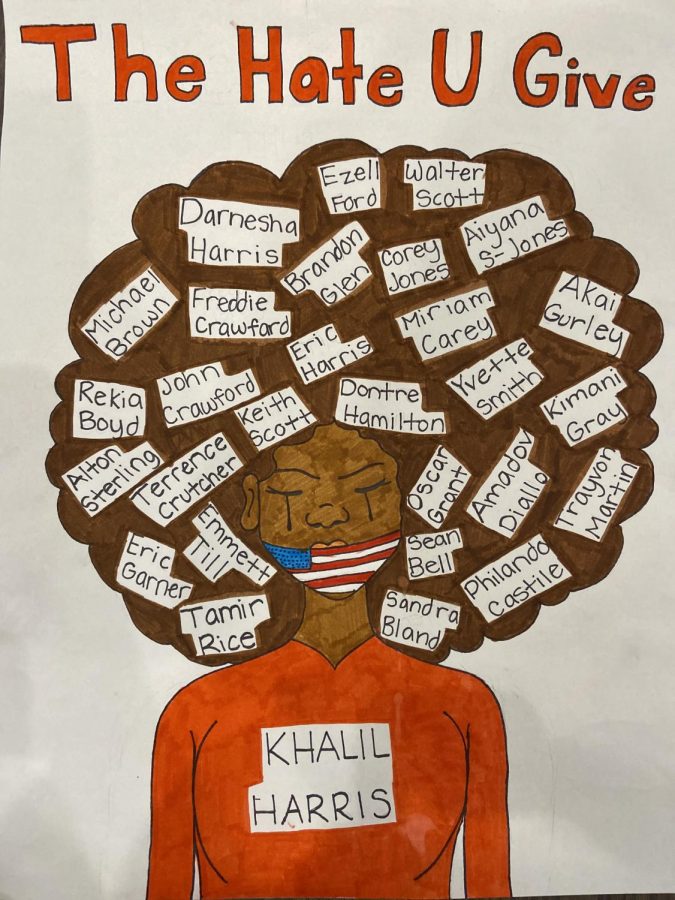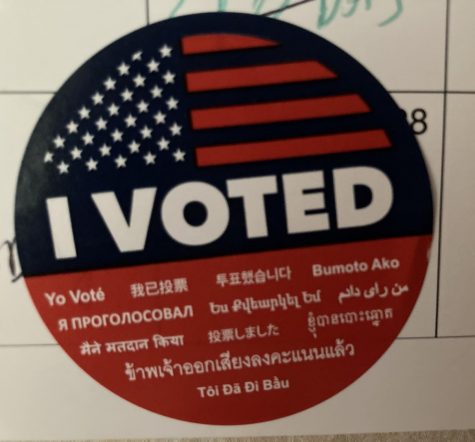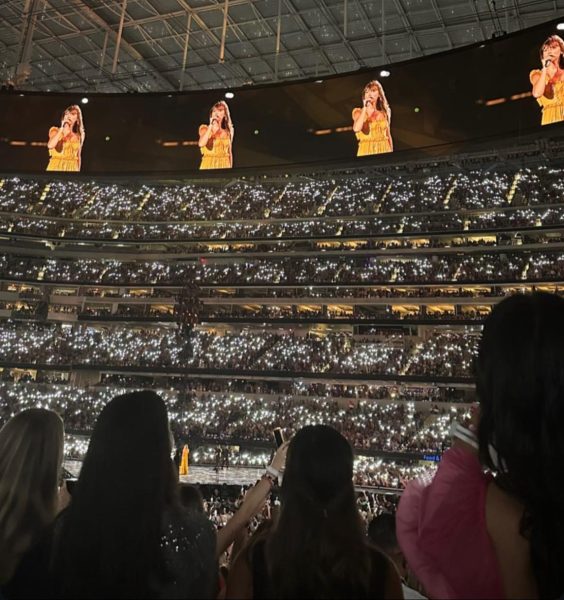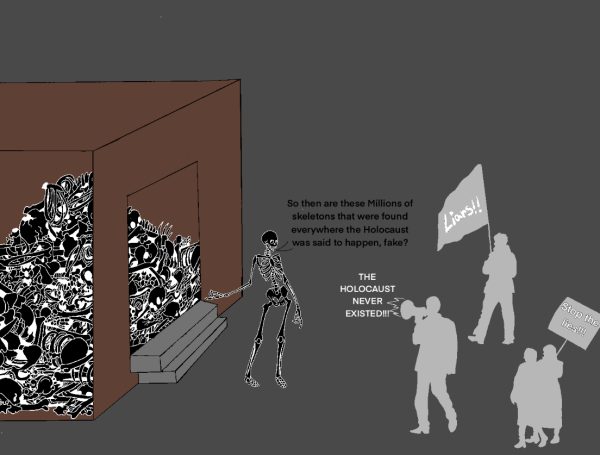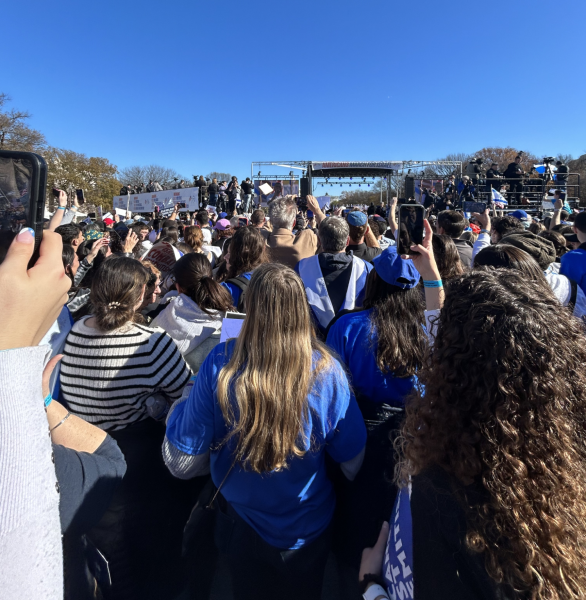Can Education Equality Break the Cycle of Poverty?
The opinions expressed in this article are the author’s own and do not necessarily represent the views of The Prowler.
When was the last time you saw a homeless person? Was it on your way home yesterday? Maybe on your way to the store? As people of Los Angeles, we see our fellow humans homeless everywhere we go in our city. We see them standing on the side of freeway exits with signs asking for help. We see them living under bridges or freeway overpasses, sleeping in tents and living out of shopping carts in broad daylight, and no one seems to care too much.
Probably the worst part about it is that many of these homeless people are living on the streets usually within a mile or less of some of the wealthiest areas on earth, but we just go about our daily lives like there isn’t anything wrong with that. The fact is that widespread poverty is one of the biggest problems that needs to be addressed in American society because it affects a large number of people, not just in Los Angeles, but in all areas of the country.
Poverty is the main reason for inequality in our society. According to Childfund.org, the poverty rate in America is about 15%, which means that one in every six Americans lives in poverty. On top of that, more than one in five children in America are currently living in poverty. Out of those children, 6.8 million of them live 50% below the poverty line. When I first saw these statistics I couldn’t believe what I saw. How can America, the richest country on earth, have so many people living in poverty? That’s when I looked into this further and saw why poverty is a constant problem in America.
The fact is that poverty is an endless cycle. If you were born into a poor family, you are more likely to be poor yourself as an adult, and here’s why. Thirty percent of children raised in poverty don’t finish high school, and people who do not earn their high school diplomas are seven times more likely to be poor as adults. (childfund.org).
Long story short, kids who grow up poor complete fewer years of schooling and earn much less money as adults. So it’s clear that the solution to stopping the endless cycle of poverty is through education.
The question is, “How can we get education equality to all kids in America?” Well, there have been some efforts, since people know this is a problem. According to the US Department of Education, the Obama Administration “fought to improve outcomes for underserved students through its major education initiatives by supporting states in their efforts to ensure quality teaching in every classroom; raise standards for all students; build systems to improve instruction; and significantly improve low-performing schools.”
While this is a great start, it’s not going to be enough over the long term. The fact is it takes time, effort, and money directed towards underprivileged areas to improve schools and invest in better resources.
According to David L. Kirp of the New York Times, “Public investments can break the cycle of poverty.” We must keep trying to invest money in underprivileged areas to fight the negative effects of poverty. We need to invest in public education programs that will, in turn, raise the general quality of living for people who suffer from poverty.
It comes down to what we value as a society, and what we vote for. If we vote for our money to go towards improving education in poor areas, then the kids who live there can have a fair shot of breaking the cycle of poverty. At the end of the day, it comes down to investing money in these areas so the people there can have a fair shot at improving their lives.


